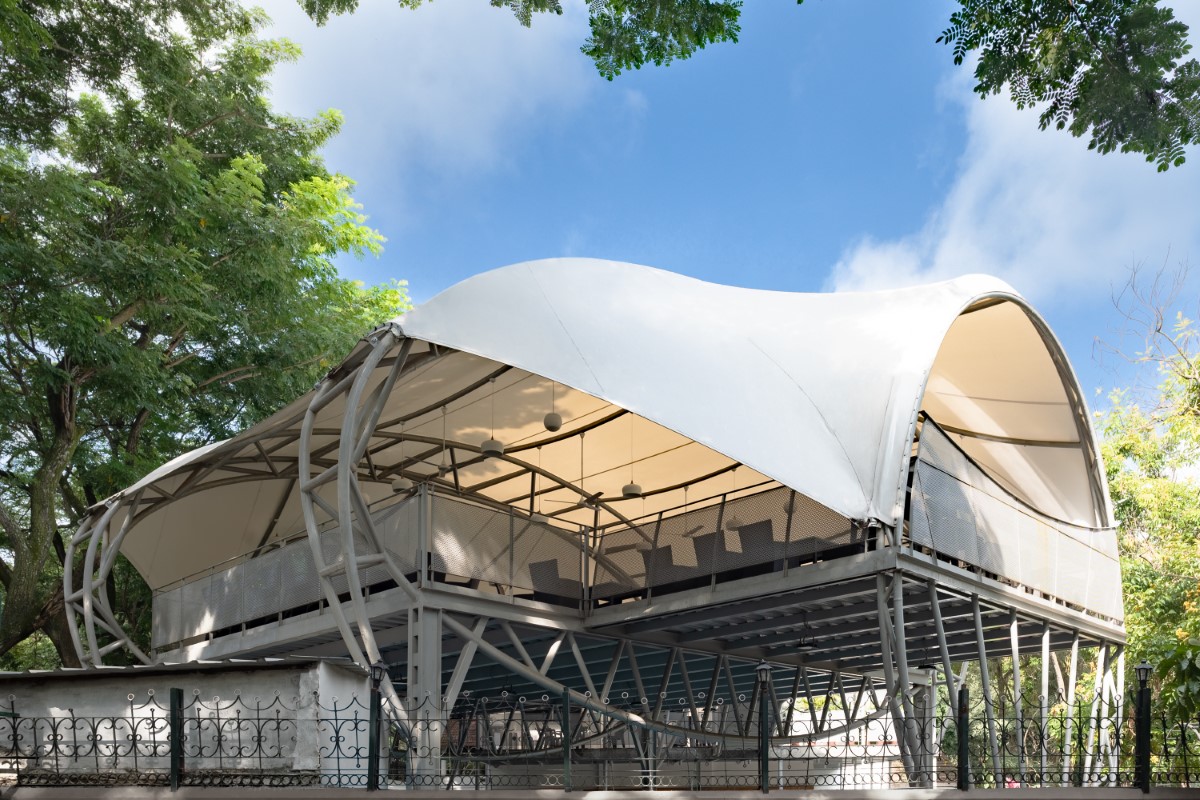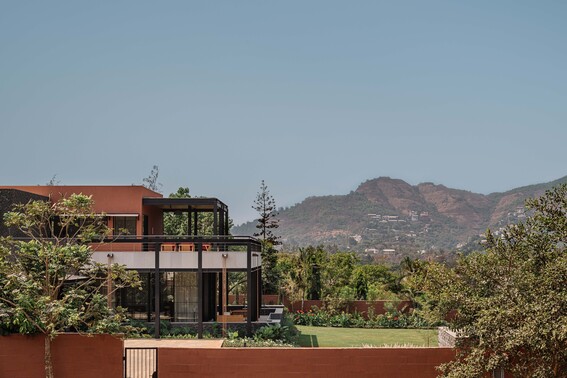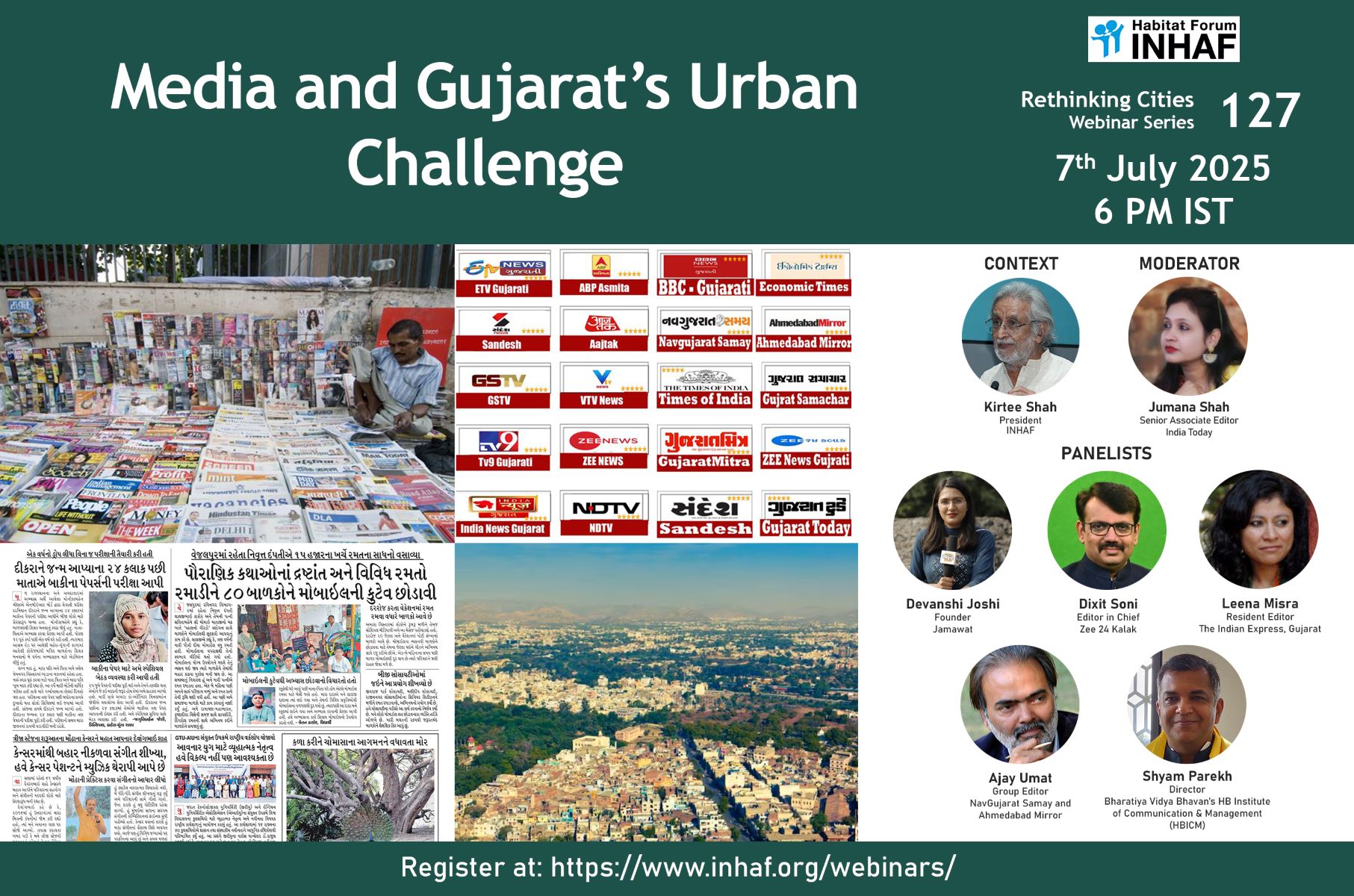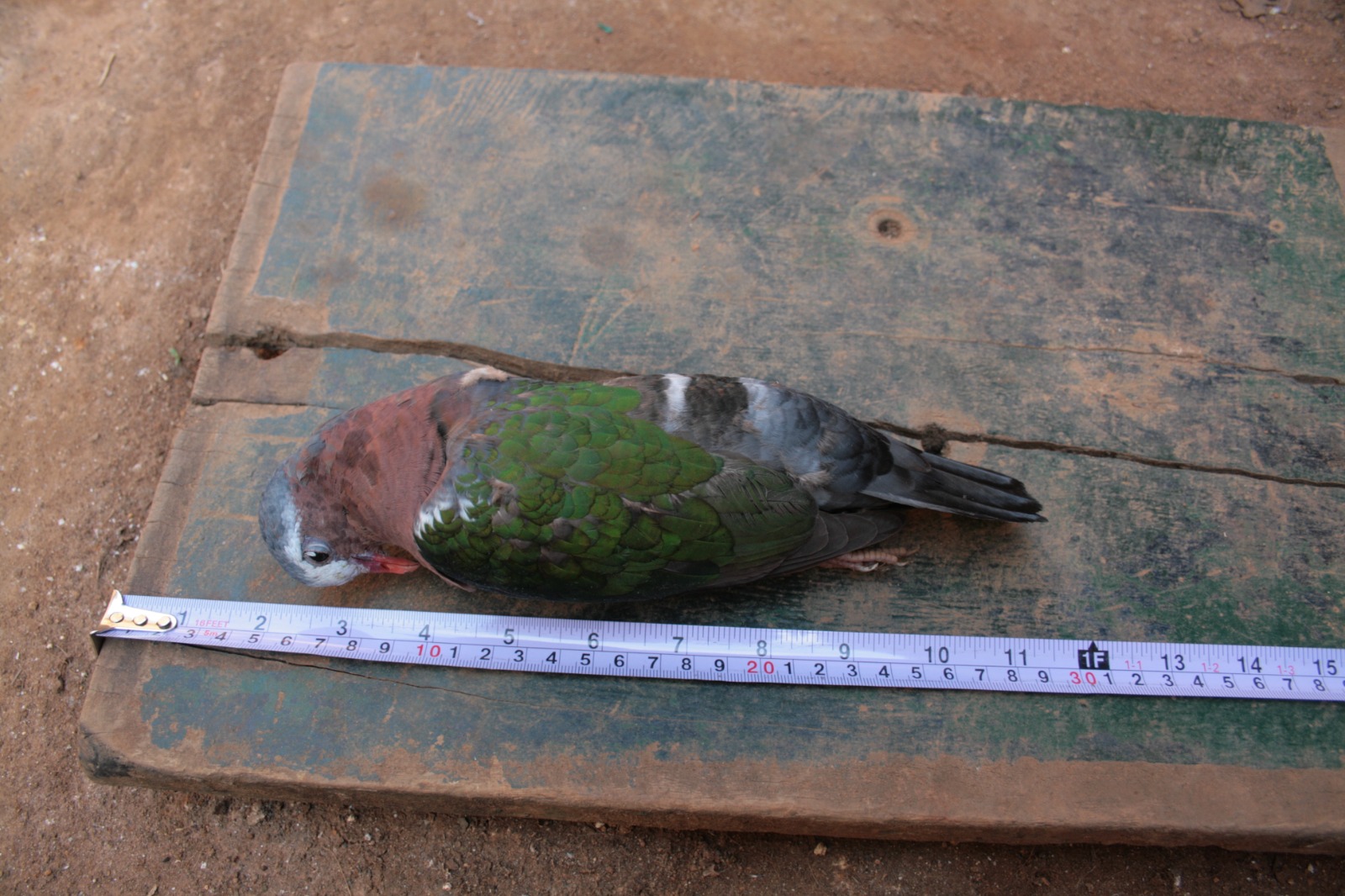Team Echo, composed of 2nd and 3rd-year students from School of Architecture Planning & Design, DIT University, and Dehradun Institute of Technology University, was the winner of the Construction Worker Housing Division. The multidisciplinary team of 8 architectural, 1 UX Design and 1 civil engineering students was guided by Dr. Rajeev Garg as faculty mentor. They worked on the project “200 Bedded Multispeciality Hospital” also known as ” श्रमिक आश्रय”. Their project aims to improve the quality of life for construction workers residing on project sites in India. Located in the Moti Nagar Hathi Khal area of Haldwani, Uttarakhand, the project is constructed under the Health Ministry’s National Rural Health Mission. It specifically focuses on providing construction worker housing for a 200 Bedded Multispeciality Hospital, covering an area of 2.65 hectares.
The team collaborated with Peyjal Nigam Uttarakhand as a project partner to work on the conceptual and prototype model of Construction Worker Housing for the 200 Bedded Hospital site. The proposed model, consisting of seventy-two units, can be easily fabricated in modules, stored, transported, assembled, maintained, and dismantled on site. It was designed to be convenient and commercially viable, ensuring the physical, mental, and social well-being of the construction workers.
Environmental considerations were integrated into the model, including reduced water consumption, energy efficiency, low carbon emissions, use of smokeless fuel, sewage treatment plants (STP), and rainwater harvesting (RWH) systems. The project achieved a 30% reduction in on-site water consumption by implementing water-efficient fixtures, limiting usage, recycling, and minimising wastage. The orientation and layout of the dwelling units are climate-responsive, promoting the generation of on-site energy through rooftop solar PV panels to achieve near net zero energy and Carbon neutral status. They achieved an Energy Performance Index (EPI) of 23.9 kWh/m2.
To optimise the thermal performance and achieve cost-effectiveness, customised sections of walls, roofs, and floors were designed based on various concepts and options. The project incorporated sun path and shadow studies using software to ensure optimal solar radiation during winter and shading during summer.
“श्रमिक आश्रय”, as designed by the team, intends to create a welcoming residential environment that enhances safety, comfort, convenience, belongingness, and dignity for all construction workers and residents on site. It aims to increase productivity during working hours while maintaining an affordable cost of INR 60/- per construction worker per day.
This innovative solution has the potential to revolutionise the construction industry and aligns with various sustainability goals, including promoting well-being, gender equality, clean water and energy, reduced inequality, and sustainable communities. The project seeks to uplift the lives of construction workers and contribute to the development of India’s infrastructure in a socially and environmentally responsible manner.

Sketches showing building resilience







